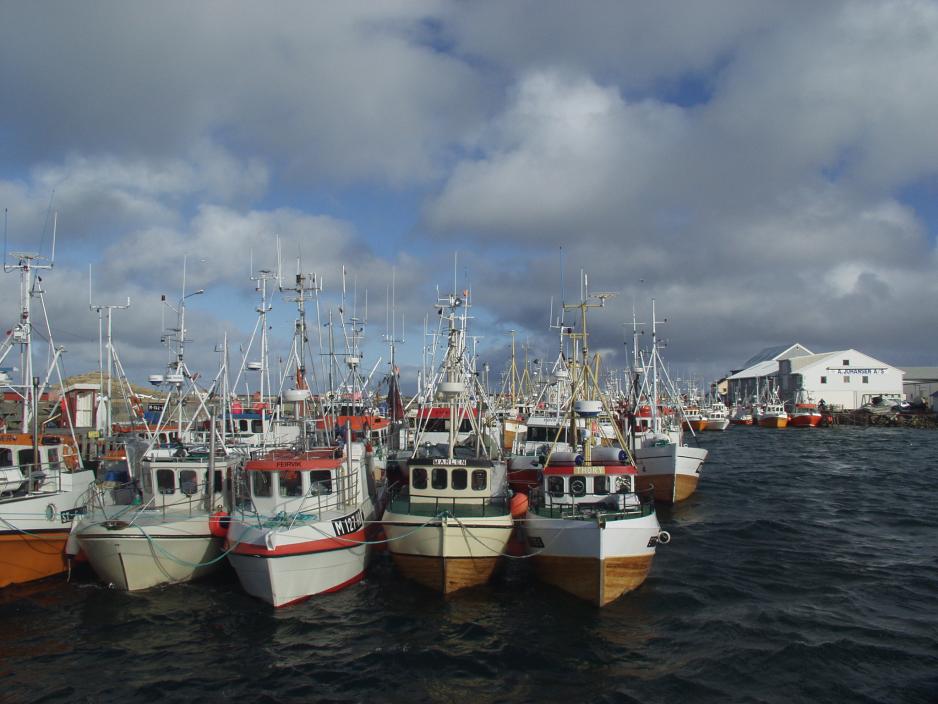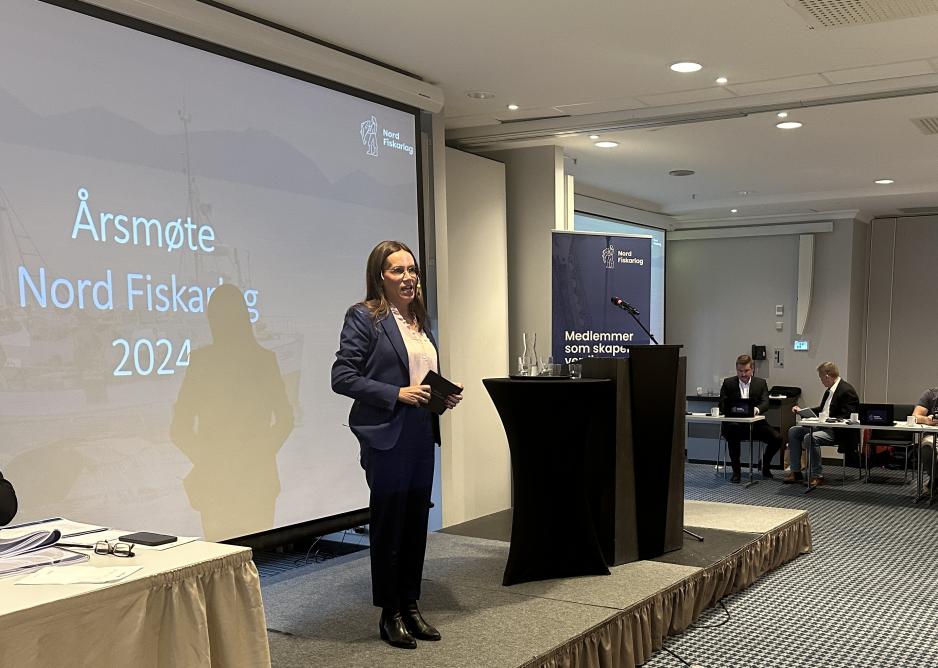Norway and Russia Decrease Cod Quotas By 25 Percent Next Year

Norway and Russia agreed on a fisheries agreement for 2025 on Thursday. It is important to ensure a careful and sustainable management of the stocks in the Barents Sea, writes NFD. The photo shows fishing boats docked in Lofoten. (Photo: the Norwegian Society for Sea Rescue/Flickr)
Norway and Russia have reached a fishery agreement for next year. "The cod quota for 2025 is the lowest it has been since 1991 and portrays the severity of the situation. The quota was strongly decreased because we want to stop the negative stock development," writes the Norwegian Fishery Ministry.
Norway and Russia have agreed to a fishery agreement for 2025 through digital negotiations. That was reported by the Norwegian Ministry of Trade, Industry, and Fisheries on Thursday.
"It's good that we have entered into a fisheries agreement with Russia despite finding ourselves in an extraordinary situation this year as well. The agreement forms the basis of long-term and sustainable ocean management in the High North and is crucial for protecting the cod stock and the other species in the Barents Sea," says Minister of Fisheries and Ocean Policy, Marianne Sivertsen Næss (Labor).
The total quota for Northeast Arctic cod for 2025 is set to 340,000 tonnes. Norway's part of the quota will be 163 436 tonnes.
25 percent decrease
The total 2025 quota for cod is thereby 25 percent lower than this year's quota and will be the lowest since 1991.
"It portrays the severity of the situation. The quota was strongly decreased because we want to stop the negative stock development," writes the ministry.
A 25 percent decrease is over the limitation of the harvesting rule for cod, which is at a maximum 20 percent decrease in the quota from the year before.
However, the limitation does not apply if the size of the spawning stock is below precautionary levels, which seems to be the case now.
The total quota set by the Norwegian-Russian Fisheries Commission is higher than the marine researchers' recommendation though, who proposed a decrease of 31 percent before the negotiations.

A continuation of the management regime contributes to stability for the fisheries industry at a time with many quota reductions on several important fish stocks, emphasizes the Ministry of Trade, Industry and Fisheries. Pictured is Fisheries and Ocean Policy Minister Marianne Sivertsen Næss (Labor) at Nord Fiskarlag's annual meeting 2024 in Bodø in October. (Photo: the Ministry of Trade, Industry and Fisheries)
Decline in several species
The Norwegian-Russian fisheries commission also determines the annual quotas for haddock, capelin, Atlantic redfish, and Greenland Halibut.
The total quota for haddock is set at 130,000 tonnes for 2025. Norway's share of the quota will be 65,468 tonnes. The total quota is thus somewhat higher than the marine scientists' recommendation at 106,912 tonnes.
The total quota for Greenland halibut in 2025 is set at 19,000 tonnes. This is a decrease of 2,250 tonnes from 2024. Norway's share of the quota will be 9,675 tonnes.
A total quota for Atlantic redfish has been set at 67,191 tonnes for 2025, which is a decrease of 2,973 tonnes from 2024. Norway's share of the quota will be 46,378 tonnes.
In line with the recommendations from marine scientists, capelin fishing will not be opened in 2025.
"At a time of declining quotas in many fisheries and concern about the stock situation, the researchers will assess whether we have good enough measures to protect the small fish. They will also speed up the work of reviewing the research methodology and evaluating management rules for cod and haddock," the ministry states.
The parties also agreed to continue working on management rules for capelin, Atlantic redfish, and Greenland halibut.
In addition, the researchers have drawn up various management rules for shrimp in the Barents Sea, and will continue to work on this until the next meeting of the Fisheries Commission, the press release states.
Research collaboration
Finally, the fisheries agreement also contains technical regulations for the practice of fishing, control measures, and research collaboration.
"There is a long-standing and extensive research collaboration between Norway and Russia on living marine resources and the ecosystem in the Barents Sea, and the parties agreed on a joint Norwegian-Russian research program for 2025," writes the ministry.
About the Norwegian-Russian fisheries cooperation
- The Northeast Arctic cod stock is jointly managed by Norway and Russia.
- The Norwegian-Russian Fisheries Commission determines the quotas for cod, haddock, capelin, Atlantic redfish and Greenland halibut every year.
- The quota recommendations for the Barents Sea are normally anchored in the International Council for the Exploration of the Sea (ICES).
- However, due to the war in Ukraine, ICES suspended Russia in March 2022.
- Norway has exempted Norwegian-Russian fisheries cooperation from the sanctions against Russia.
- The quota advices are now delivered by a bilateral research group under the Norwegian-Russian Fisheries Commission. The research group comprises researchers from the Norwegian Institute of Marine Research and the Russian Research Institute of Fisheries and Oceanography (VNIRO).
- The working group has followed internationally recognized methodology and framework for stock assessment and advice.
Source: Norwegian Institute of Marine Research and the Norwegian Ministry of Trade, Industry and Fisheries.


